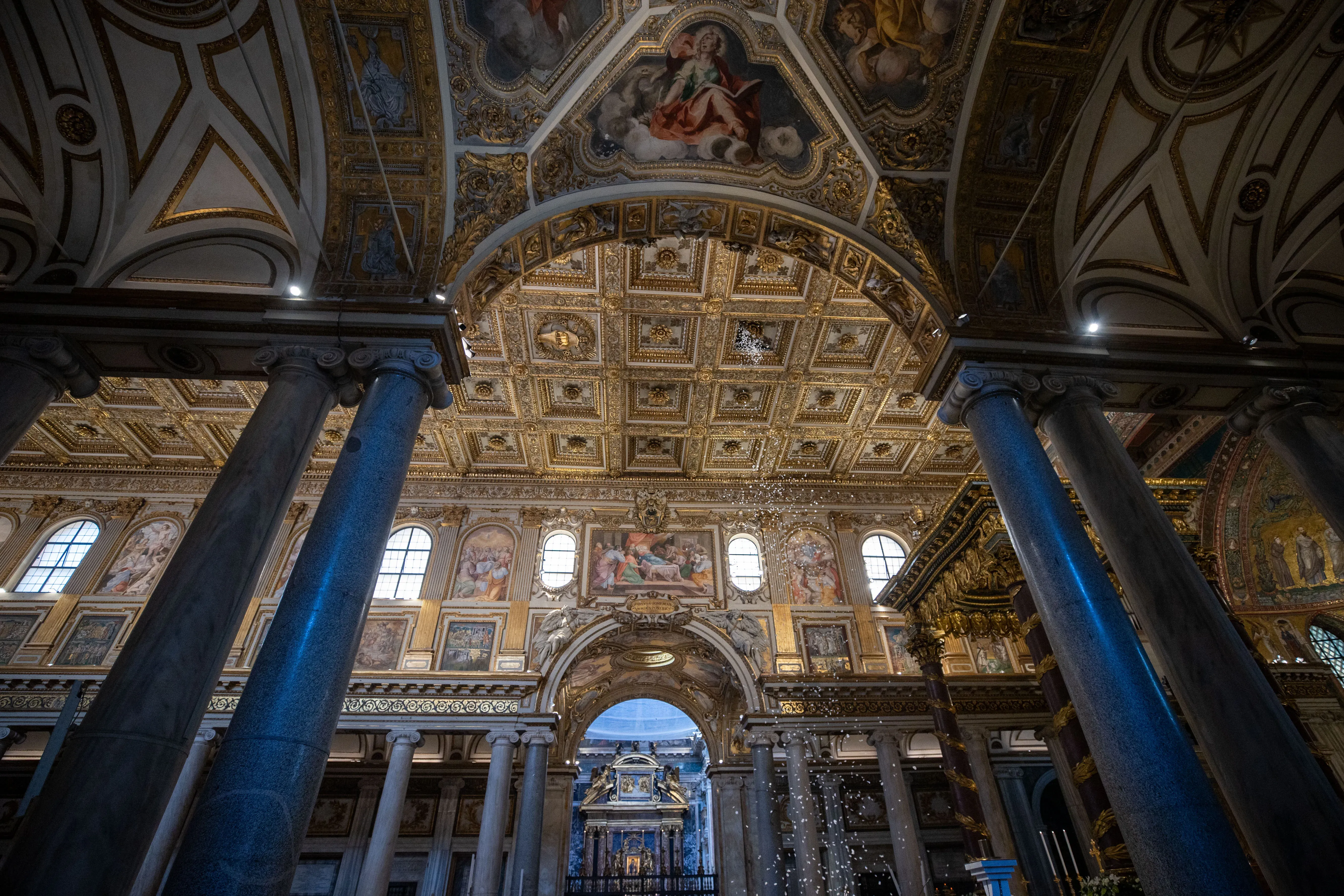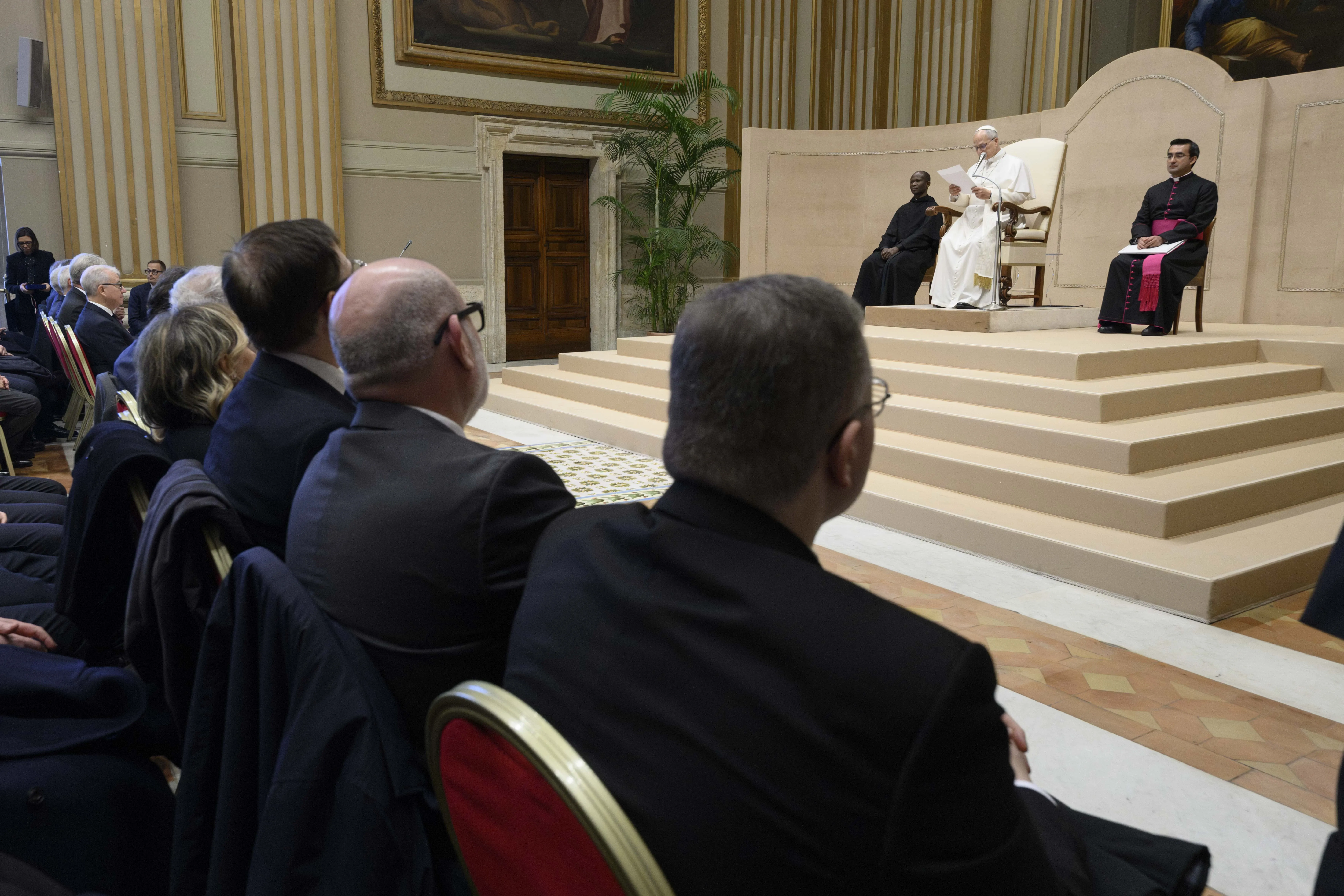Vatican City, 05 August, 2024 / 7:28 pm (ACI Africa).
Pope Francis joined Rome’s annual celebration of the “Miracle of the Snow,” the fourth-century Marian miracle that inspired the construction of the Basilica of St. Mary Major, the papal basilica in Rome dedicated to the Mother of God.
On the occasion of today’s feast day, also known as the “Dedication of the Basilica of St. Mary Major” in the universal Church, Cardinal Archpriest Stanisław Ryłko presided over the morning Mass at the basilica, which was followed by the shower of white rose petals from the ceiling symbolizing the miracle promised by Our Lady.

Pope Francis also took part in today’s solemnity by attending vespers held prior to the evening Eucharistic celebration presided over by Archbishop Emilio Nappa, president of the Pontifical Mission Societies.
Tradition holds that Mary appeared to John, a Roman nobleman, as well as Pope Liberius in a dream on the same night, expressing her wish that a church be built at the site where they will find snow. The following day, on Aug. 5, snow was found on the summit of the Esquiline Hill, which immediately led Pope Liberius to order the construction of the first church dedicated to Our Lady in the Western world.










